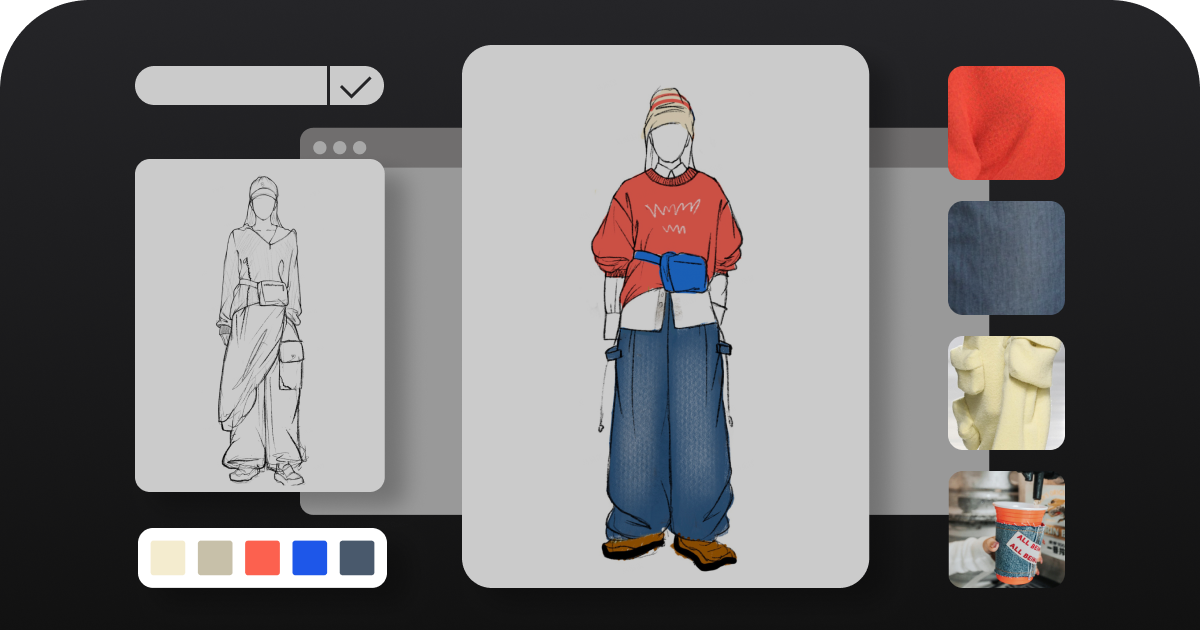。
The Future of Fashion Design: How Artificial Intelligence is Revolutionizing the Industry
In recent years, the fashion industry has witnessed a significant transformation, thanks to the integration of Artificial Intelligence (AI). This cutting-edge technology is not just a buzzword; it’s a game-changer that is reshaping how designers create, produce, and market their collections.
What is Artificial Intelligence in Fashion?
Artificial Intelligence refers to the simulation of human intelligence in machines that are programmed to think and learn like humans. In the context of fashion, AI is being used to automate various processes, from design and pattern-making to inventory management and customer service.
How AI is Transforming Fashion Design
One of the most exciting applications of AI in fashion is in the design process. Traditionally, fashion design has been a labor-intensive and time-consuming process. However, with the advent of AI, designers can now leverage algorithms to generate new designs, predict trends, and even customize garments for individual customers.
For instance, Style3D is a platform that utilizes AI to create virtual 3D garments. This allows designers to visualize their creations in a digital environment before they are physically produced. The result is a more efficient design process, reduced waste, and faster time-to-market.
AI in Trend Forecasting
Another area where AI is making a significant impact is in trend forecasting. By analyzing vast amounts of data from social media, online searches, and sales figures, AI algorithms can predict which styles, colors, and fabrics will be popular in the upcoming seasons. This enables brands to stay ahead of the curve and make data-driven decisions.
Personalization and Customer Experience
AI is also revolutionizing the way brands interact with their customers. Through machine learning algorithms, companies can analyze customer behavior and preferences to offer personalized recommendations. This not only enhances the shopping experience but also increases customer loyalty and satisfaction.
For example, AI-powered chatbots can provide instant customer support, answer queries, and even suggest products based on the customer’s browsing history. This level of personalization was unimaginable a few years ago but is now becoming the norm in the fashion industry.
Challenges and Ethical Considerations
While the benefits of AI in fashion are undeniable, there are also challenges and ethical considerations that need to be addressed. One of the primary concerns is the potential loss of jobs due to automation. As AI takes over repetitive tasks, there is a risk that human workers may be displaced.
Additionally, there are concerns about data privacy and security. As AI systems rely on vast amounts of data to function effectively, there is a need for robust data protection measures to ensure that customer information is not misused.
Conclusion
The integration of Artificial Intelligence into the fashion industry is undoubtedly transforming the way we design, produce, and consume fashion. From virtual design tools to personalized shopping experiences, AI is opening up new possibilities and driving innovation. However, it is crucial for the industry to address the challenges and ethical considerations to ensure that the benefits of AI are realized in a responsible and sustainable manner.
As we move forward, it will be fascinating to see how AI continues to evolve and shape the future of fashion. One thing is certain: the intersection of technology and fashion is creating a new era of creativity and efficiency that was once the stuff of science fiction.

Comments are closed